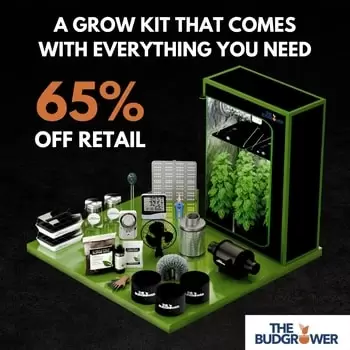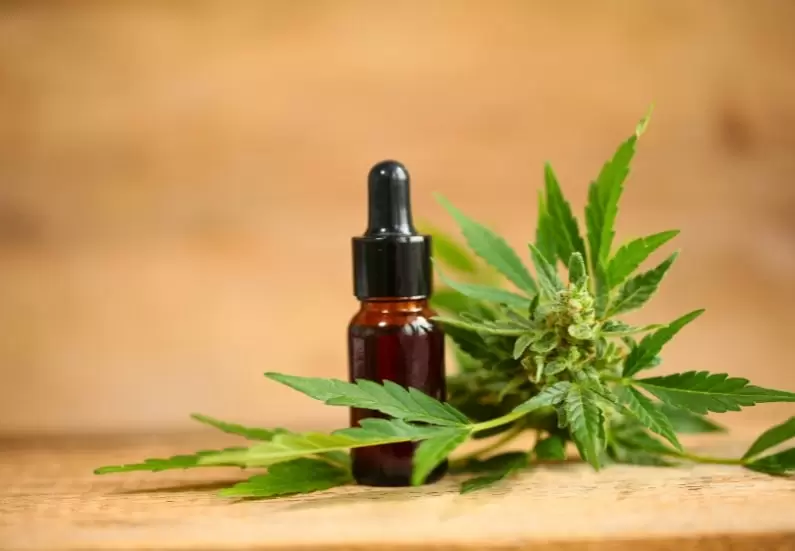
Microdosing marijuana is the practice of consuming just enough cannabis to feel its therapeutic effects without experiencing significant intoxication. This approach allows individuals to reap the benefits of cannabis—such as relief from stress, pain, and anxiety—while maintaining clarity and functionality. Since everyone’s body reacts differently, the ideal dose varies, but many start with as little as 1 to 2.5 milligrams of THC, adjusting gradually based on their personal response.
Microdosing works best with precise dosing methods like tinctures, oils, and low-dose edibles, which provide better control over intake compared to smoking or vaping. This method is particularly effective for managing chronic conditions like depression, anxiety, and inflammation, and it can be tailored to include both THC and CBD for a balanced effect. A 1:1 THC-to-CBD ratio is often recommended for those seeking the therapeutic properties of cannabis without overwhelming psychoactive effects. By fine-tuning cannabis use, microdosing provides a cost-effective, sustainable, and controlled way to incorporate it into daily wellness routines.
What is Microdosing Marijuana?
Microdosing marijuana is the practice of consuming small, controlled amounts of cannabis to experience its therapeutic benefits while avoiding intoxication. This method is popular among medical marijuana patients and wellness enthusiasts who want to harness cannabis’ medicinal properties—such as pain relief, anxiety reduction, and enhanced focus—without the high.
While the stereotype of cannabis consumption often involves excessive use, microdosing flips the script. Instead of “how high can I get?” the question becomes, “how little do I need to feel better?”
Why Microdose Marijuana?
There are plenty of reasons why cannabis users—both medical and recreational—are turning to microdosing. Here are some of the most significant benefits:
- Increased Productivity & Focus: Microdosing can enhance creativity and cognitive function without the mind-clouding effects of a full dose.
- Anxiety & Stress Reduction: Small doses of THC and CBD can help ease anxiety without triggering paranoia.
- Pain & Inflammation Relief: Cannabis is a known pain reliever, and microdosing can provide relief without sedation.
- Better Sleep Without Grogginess: Unlike high doses that may leave users feeling sluggish, a microdose can promote relaxation and better sleep without next-day drowsiness.
- Avoiding Tolerance Buildup: Frequent high-dose cannabis use can lead to increased tolerance, requiring more consumption to achieve the same effect. Microdosing minimizes this issue.
How Much is a Microdose?
A typical microdose of marijuana ranges between 1-5 mg of THC, though some users may go slightly higher depending on their tolerance and needs.
For reference:
- 1-2 mg THC: Ideal for beginners; mild relaxation without noticeable impairment.
- 3-5 mg THC: Moderate effects, slightly more noticeable but still subtle.
- 6-10 mg THC: Light psychoactivity, recommended for those with higher tolerance.
CBD microdosing can vary, with users typically starting at 5-10 mg per dose and adjusting as needed.
Best Methods for Microdosing Marijuana
Microdosing is all about control. Here’s how to do it effectively:
1. Edibles & Tinctures
- Edibles like gummies and chocolates often come in 5 mg THC doses, making it easy to cut them into smaller portions.
- Tinctures (liquid cannabis extracts) offer precise dosing using a dropper. Start with one drop at a time under the tongue.
2. Vaporizing (Vaping)
- Vaporizers allow for slight, measured inhales, making it one of the fastest ways to feel the effects.
- Choose low-THC strains or adjust your intake with short, shallow puffs.
3. Smoking (Less Ideal for Microdosing)
- If you prefer traditional smoking, try a one-hit approach, where you take a single, small puff and wait before taking more.
- Opt for low-THC strains to reduce potency.
4. Capsules & Pills
- These offer premeasured doses, typically starting at 2.5 mg THC per capsule.
- Effects take longer to set in but last longer.
5. Topicals (for Localized Relief)
- Cannabis-infused lotions, balms, and creams provide pain relief without psychoactive effects.
- Great for those seeking muscle and joint relief without any mental alterations.
How to Find Your Ideal Microdose
Since cannabis affects everyone differently, the key to microdosing is experimentation and patience.
Follow these steps:
Step 1: Start Low
- If using THC, begin with 1-2 mg per dose and gradually increase.
- Start with 5-10 mg of CBD and adjust as needed.
Step 2: Be Patient
- Cannabis edibles and tinctures can take 30-90 minutes to kick in.
- Vaporizers and smoking work within minutes but wear off faster.
Step 3: Keep a Journal
- Track how each dose makes you feel.
- Note the time of consumption, dosage, effects, and any side effects.
Step 4: Adjust as Needed
- If the effects are too strong, reduce your dose.
- If the effects are too weak, increase it slightly until you find the sweet spot.
Best Strains for Microdosing
Not all cannabis strains are created equal when it comes to microdosing. Some strains work better at low doses than others.
Low-THC Strains (Mild Psychoactivity)
- Harlequin – High CBD, low THC; great for anxiety and focus.
- ACDC – Almost no THC; excellent for pain and inflammation.
- Cannatonic – Balanced THC/CBD; mild relaxation without intoxication.
Hybrid Strains (Balanced Effects)
- Blue Dream – Light euphoria with creative and calming effects.
- Pennywise – 1:1 THC-to-CBD ratio, offering a gentle, balanced experience.
Sativa-Dominant Strains (Energizing & Uplifting)
- Jack Herer – Promotes mental clarity and focus.
- Sour Diesel – Can be stimulating in tiny doses, great for motivation.
Indica-Dominant Strains (Relaxing & Soothing)
- Granddaddy Purple – Good for relaxation and mild pain relief.
- Northern Lights – Promotes relaxation and gentle sedation.
Common Mistakes to Avoid
Even with microdosing, missteps can happen. Here’s what to watch out for:
- Taking too much too soon: Always wait before re-dosing. Effects take time.
- Ignoring CBD: CBD can balance THC’s effects and reduce anxiety.
- Not tracking effects: Keeping a log helps fine-tune your dosage.
- Assuming all products are the same: Different consumption methods produce different effects.
FAQs
Can microdosing get you high?
Not if done correctly! The goal is to take small enough amounts to feel benefits without intoxication.
How long do microdosing effects last?
How long do microdosing effects last? It depends on the method:
- Edibles: 4-8 hours
- Tinctures: 2-4 hours
- Vaping/Smoking: 1-3 hours
Can I microdose every day?
Yes! Many users microdose daily for consistent symptom relief without building high tolerance.
Is microdosing marijuana legal?
It depends on your location. Check local cannabis laws before purchasing.
Can I drive after microdosing?
If you feel any psychoactive effects, do not drive. Even low doses can impair reaction time.
How do I know if microdosing marijuana is working?
Pay attention to subtle changes in your mood, focus, pain levels, or overall well-being. The goal is to feel a mild improvement in symptoms without noticeable intoxication. Journaling your doses and effects can help you fine-tune the right amount for your needs. If you don’t notice any benefits after several sessions, consider adjusting your dose slightly or trying a different consumption method.
Final Thoughts
Microdosing marijuana is an excellent way to experience cannabis’s benefits without overwhelming effects. Whether you ease anxiety, boost creativity, or manage pain, this mindful approach allows for control and precision.
Start small, track your responses, and enjoy the gentle, therapeutic power of cannabis—without the couch-lock.
I got to run: it’s almost 4:20!
More Weed Growing Guides
Understanding Light Cycles for Growing Marijuana
Growing marijuana isn’t just about water, soil, and seeds—it’s about rhythm. Light rhythms, to be…
How to Increase Marijuana Plant Yields: 10 Simple Tips
There comes a time in every grower’s life when they look at their cannabis plants and…
Ideal Humidity for Indoor Cannabis: Maximize Growth & Prevent Mold
There’s something about growing cannabis indoors that makes you feel like a mad…
Best Temperature for Growing Weed Indoors: Beginner’s Guide
Growing cannabis indoors is an art and a science. The right temperature can mean the difference…
Marijuana Plant Pest Control: Prevention and Management
Cannabis cultivation is a thrilling adventure—right up until the moment you notice tiny, unwelcome…
You May Also Like
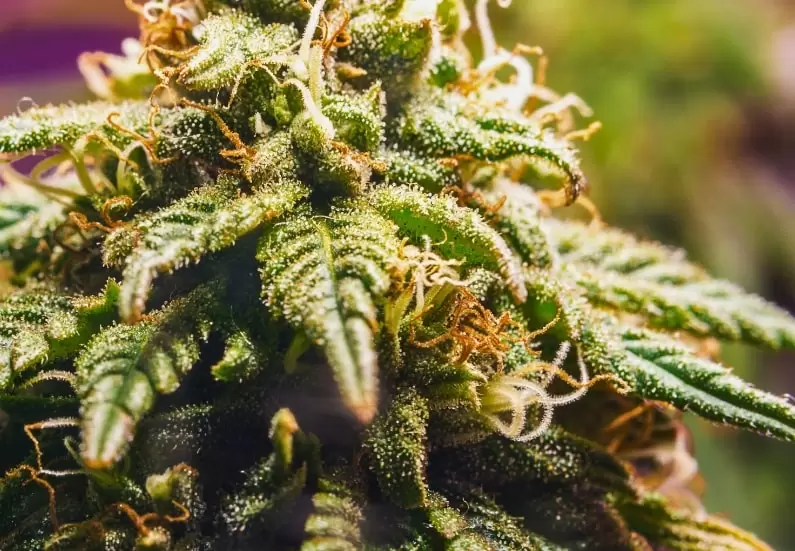
How to Increase Marijuana Plant Yields: 10 Simple Tips
There comes a time in every grower’s life when they look at their cannabis plants and…
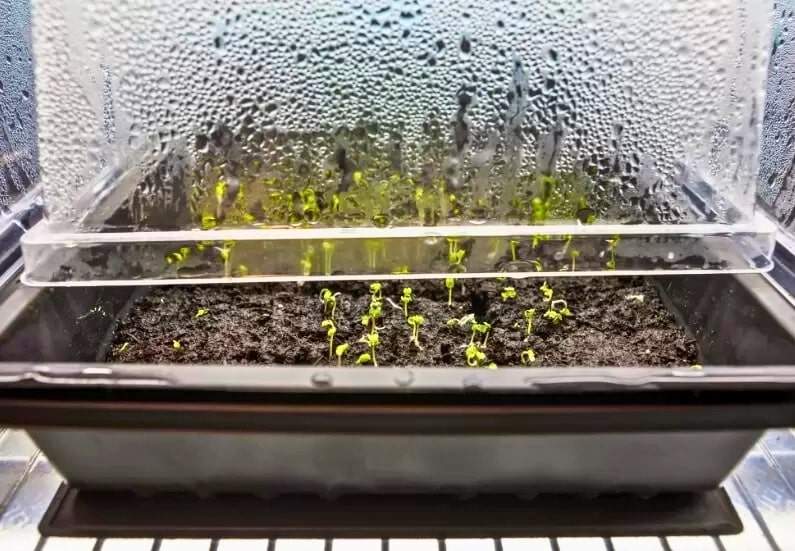
Ideal Humidity for Indoor Cannabis: Maximize Growth & Prevent Mold
There’s something about growing cannabis indoors that makes you feel like a mad…

Best Temperature for Growing Weed Indoors: Beginner’s Guide
Growing cannabis indoors is an art and a science. The right temperature can mean the difference…
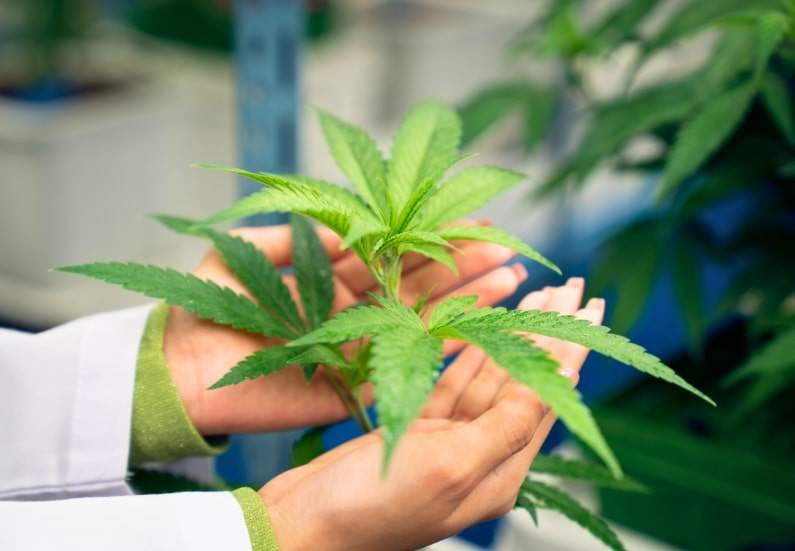
Marijuana Plant Pest Control: Prevention and Management
Cannabis cultivation is a thrilling adventure—right up until the moment you notice tiny, unwelcome…
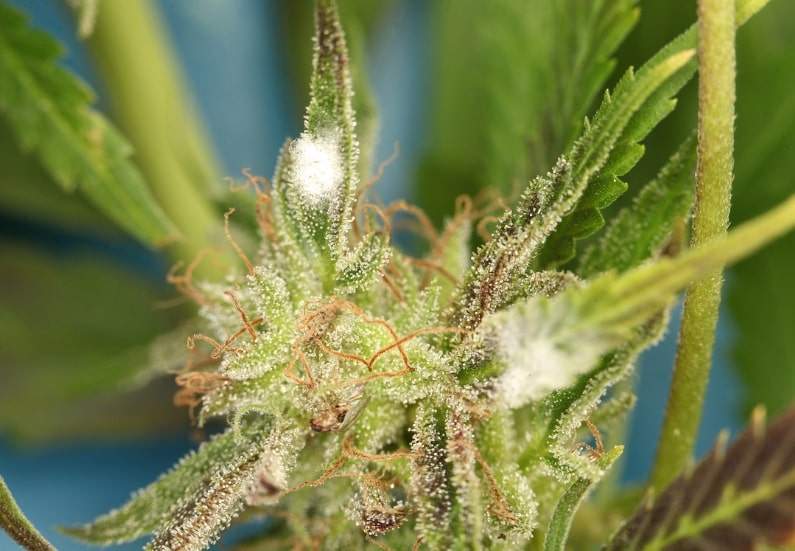
Marijuana Plant Diseases: How to Spot Bud Rot, Mold, and Root Rot Early
There are few things in life as heart-wrenching as watching your beloved marijuana plants succumb…
Most Recent Posts
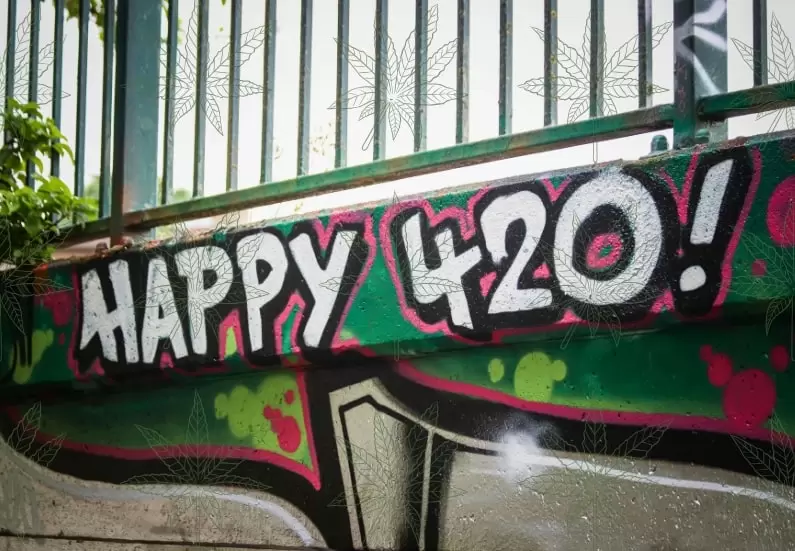
The High History of 4/20: How the Pot Holiday Became a Global Phenomenon
Every culture has its holidays. Some celebrate independence, others honor religious…
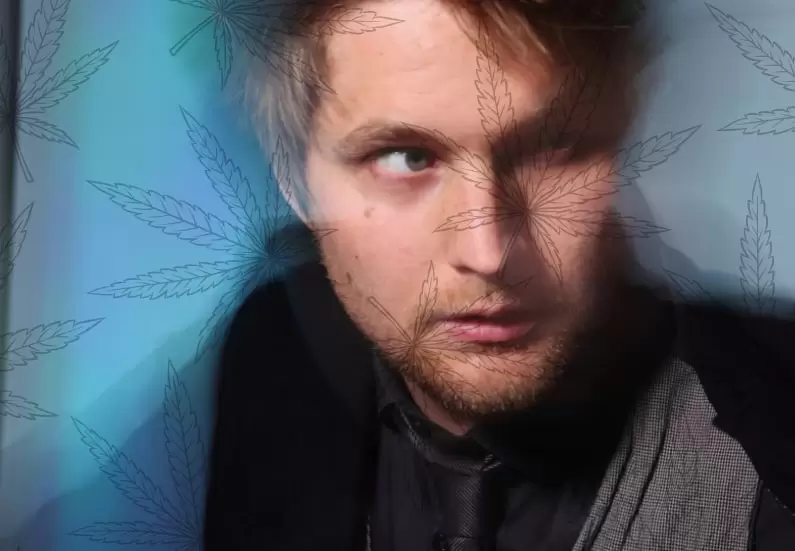
How to Smoke Cannabis Without Paranoia
So, you’ve got your favorite strain ready, the vibe is right, and you’re about to light up—until…

Beginner’s Guide: Choosing the Best Marijuana Strain For You
So, you’ve finally decided to try cannabis. Maybe your friends rave about its calming vibes, or…
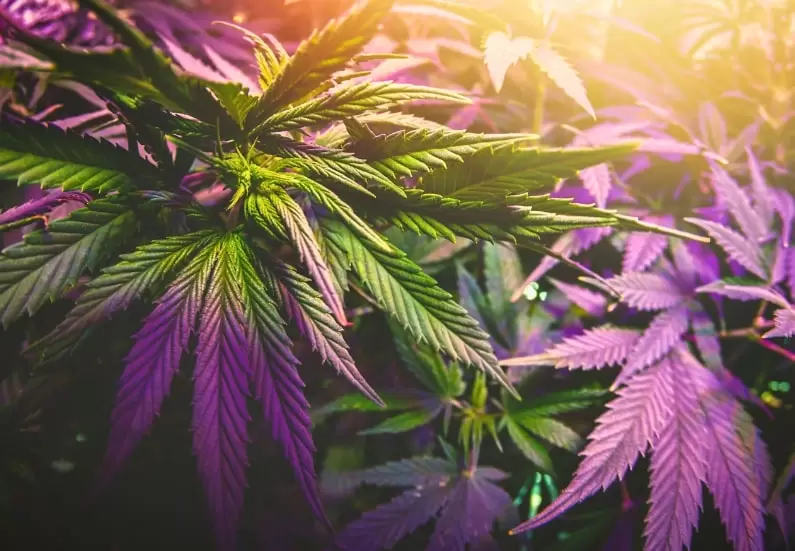
Understanding Light Cycles for Growing Marijuana
Growing marijuana isn’t just about water, soil, and seeds—it’s about rhythm. Light rhythms, to be…
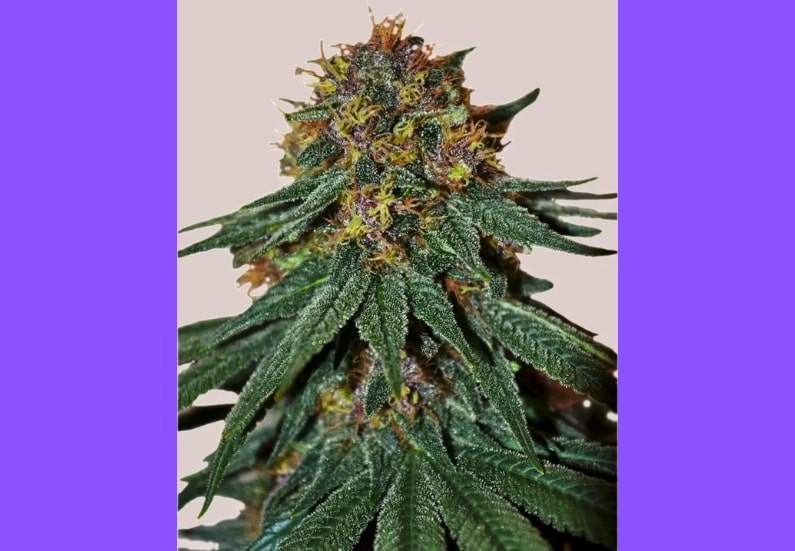
Purple Haze Cannabis Strain Facts and Information
Purple Haze is not a couch-locking, mind-melting indica; it’s more of a “write a screenplay or…






